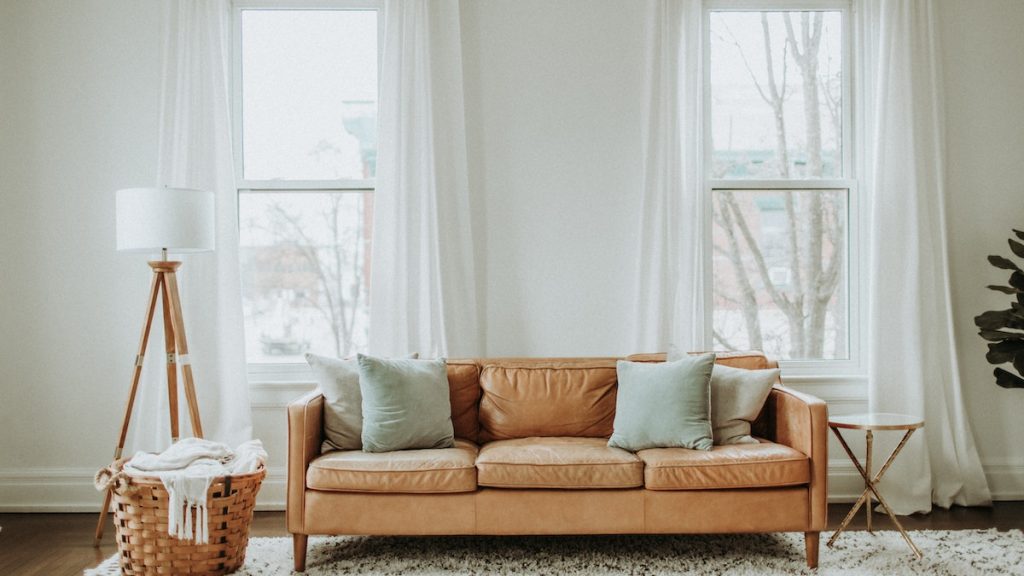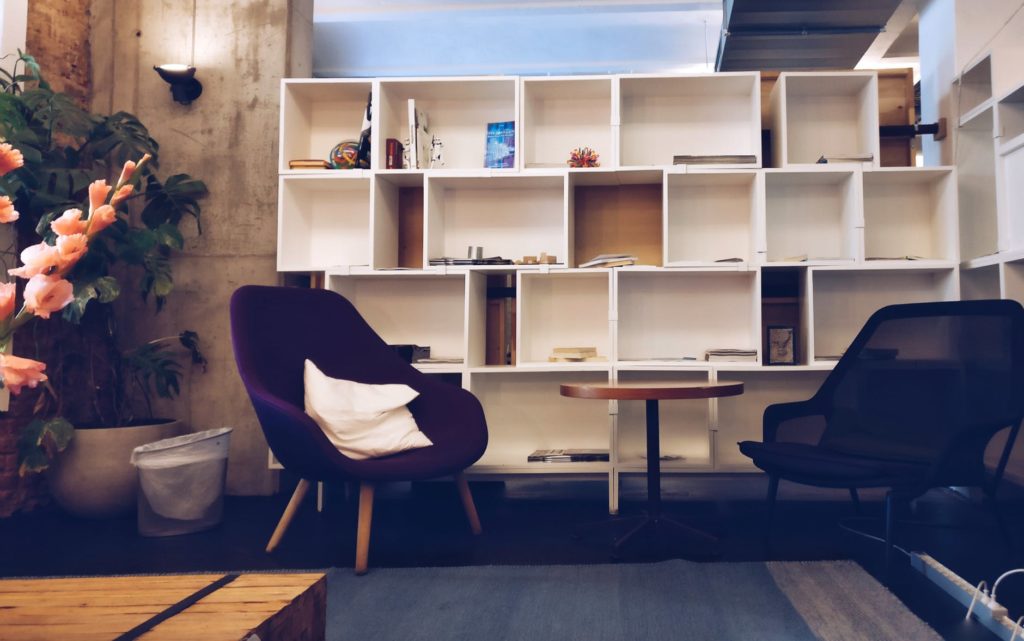Table of Contents
Melbourne boasts a thriving interior design industry, with many design firms, boutiques, and showrooms dedicated to creating visually appealing and functional spaces. As the city’s residents and businesses prioritise stylish interiors, the demand for modern designer furniture continues to grow.
From minimalist and sleek designs to eclectic and avant-garde pieces, modern designer furniture encompasses various styles that cater to diverse tastes and preferences. This article journeys through the captivating world of modern designer furniture in Melbourne, exploring the various styles that have emerged as iconic expressions of contemporary design.

Minimalist Elegance
Minimalism is a hallmark of modern design, and minimalist designer furniture embodies the essence of this aesthetic. Characterised by clean lines, uncluttered forms, and a focus on functionality, minimalist furniture blends seamlessly into various interiors. Pieces in this style often prioritise simple shapes, neutral colours, and high-quality materials, creating an environment of understated elegance and timeless appeal. From sleek sofas to streamlined dining chairs, minimalist furniture proves that less is more in the design world.
Mid-Century Modern
The mid-century modern style has experienced a resurgence in popularity, and its impact on designer furniture remains palpable. Rooted in the mid-20th century, this style features iconic pieces with organic shapes, innovative use of materials, and a harmonious blend of form and function. From the renowned Eames Lounge Chair to the sculptural designs of Arne Jacobsen and Eero Saarinen, mid-century modern furniture exudes a sense of nostalgia while remaining relevant in contemporary interiors.
Scandinavian Simplicity
Scandinavian design is celebrated for its emphasis on simplicity, functionality, and natural materials. Scandinavian modern designer furniture captures the essence of this style with pieces that prioritise comfort and clean aesthetics. Neutral colour palettes, light woods, and ergonomic forms define this style, creating an atmosphere of warmth and coziness. Scandinavian furniture invites occupants to embrace a lifestyle of comfort and understated luxury, whether a Nordic-inspired dining table or a snug armchair.

Industrial Edge
Industrial design takes inspiration from raw materials, utilitarianism, and urban environments. Industrial modern designer furniture reflects this ethos with its rugged textures, exposed elements, and fusion of metal and wood. The style often features salvaged materials, distressed finishes, and sturdy construction. From industrial-inspired coffee tables to bar stools with metal frames, this style adds an edgy, urban flair to spaces while maintaining a sense of functionality.
Eclectic Fusion
Eclectic modern designer furniture celebrates the art of mixing styles, textures, and eras. This style allows designers and homeowners to embrace individuality and create spaces that reflect their personalities. Eclectic furniture pieces blend traditional forms with contemporary materials or juxtapose vibrant colours with neutral backgrounds. This style encourages creativity and embraces unexpected combinations, resulting in interiors that are visually engaging and full of character.
Avant-Garde Statements
For those seeking to make a bold statement, avant-garde designer furniture offers a canvas for creativity and innovation. Avant-garde pieces often challenge conventional design norms, pushing boundaries and experimenting with unconventional materials, shapes, and concepts. These furniture items become focal points in interiors, sparking conversations and inviting exploration. Avant-garde furniture allows individuals to express their unique perspectives and infuse spaces with an element of surprise and artistic flair.
Futuristic Forms
Futuristic modern designer furniture delves into the possibilities that technology and imagination offer. These pieces embrace innovative materials, cutting-edge techniques, and sleek, futuristic forms that evoke a sense of forward-looking design. From ultramodern chairs with dynamic shapes to interactive furniture that responds to human touch, futuristic furniture pushes the envelope of design aesthetics and functionality.
Conclusion
Melbourne residents often gravitate toward modern designer furniture that complements their living spaces and reflects their appreciation for creativity and self-expression. The world of modern designer furniture in Melbourne is a tapestry woven with diverse styles, each offering a unique lens through which to view contemporary design. As designers and homeowners seek to create spaces that reflect their personalities and embrace the present while looking to the future, modern designer furniture serves as functional pieces and artistic expressions that transform interiors into captivating environments of style and comfort



